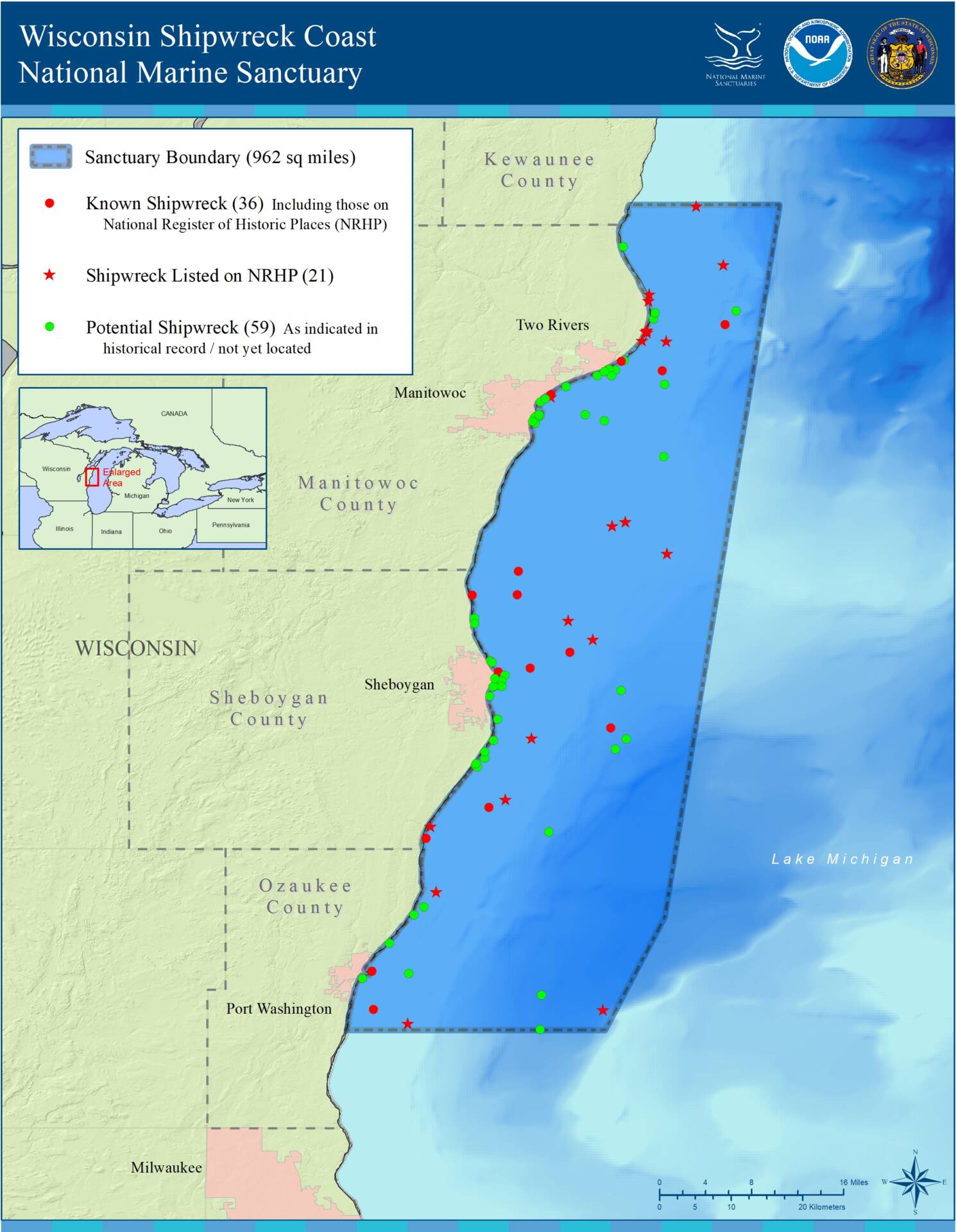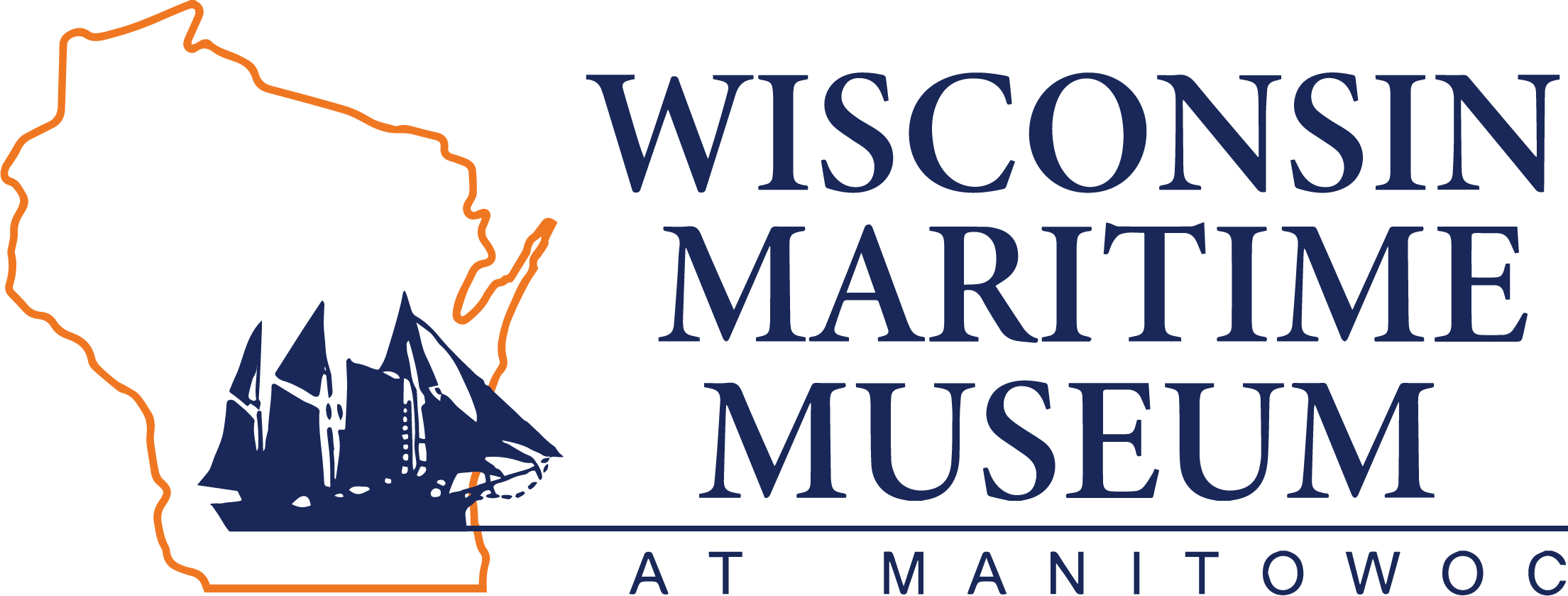The Impact
When the project is finished, the Wisconsin Maritime Heritage Center (WMHC) will have a profound impact on the museum’s ability to carry out its mission, meet its responsibilities to safely collect and preserve Wisconsin’s maritime legacy, and establish the Wisconsin Maritime Museum as a national maritime heritage leader. Moreover, the WMHC will be transformative for our local community, improving a once blighted neighborhood and bringing together our key preservation partners, including the Wisconsin Historical Society (WHS), the Wisconsin Shipwreck Coast National Marine Sanctuary, and the City of Manitowoc.

One of the most compelling reasons to undertake this project now is that upgrading the storage facility is a vital component of managing a massive collection (likely the largest in the Great Lakes) of recovered shipwreck artifacts on behalf of the State of Wisconsin. The museum has been the repository of these types of items for decades, but a recent acquisition of a single collection from the family of Allen “Butch” Klopp doubled the number of objects in the museum’s care. For several years, WMM worked with the WHS and the Klopp family to transfer more than 10,000 shipwreck artifacts to the museum. To catalog, house, conserve, interpret, and display these and other maritime artifacts, WMM must build out not only storage capacity, but also collections staff, conservation capabilities, and interpretive plans.
A compounding factor in the critical timing of this project is the designation of NOAA’s Wisconsin Shipwreck Coast National Marine Sanctuary. Establishing this federally designated site reflects the profound significance of Great Lakes ships, shipbuilding and shipwrecks to the nation. As the region’s premier educational and stewardship institution devoted to maritime heritage, WMM is uniquely positioned to house and care for artifacts and documents pertaining to sanctuary sites and stories. The integrity of the Franklin St. facility is crucial to this partnership and the fulfillment of NOAA’s mission here.

The City of Manitowoc has long recognized the value of WMM as a center of excellence in maritime historic preservation and education, a source of community identity and a magnet for tourism. The WMHC will underscore these benefits to our community by fueling a resurgence in tourism – providing an enhanced museum experience afforded by the stability and accessibility of collections at the WMHC. With the growth of the collection, more “new” stories will reach wider and “newer,” more diverse audiences. The neighborhood revitalization and watershed restoration that the Maritime Heritage Plaza and Gardens will provide is another community impact driven by this project.
Impacts, however, extend beyond our community. Cultural resource managers around the region will use the WMHC as a clearinghouse and research institute for shipwreck artifacts. This includes archaeologists, avocational shipwreck researchers and divers, and the next generation of explorers. We foresee university programs and student engagement opportunities through field schools, internships, and hands-on collections care experience. Ultimately, the WMHC will be a freshwater-specific conservation lab, providing organizations around the Great Lakes with the capacity to stabilize salvaged archaeological materials here at WMM.
When fully realized, the Wisconsin Maritime Heritage Center will supplement the museum and its exhibits as an additional site for dynamic hands-on education and be a highly visible example of a working conservation lab designed to permit visitors to observe and learn about the conservation process. Local schools and industries will be able to use the facility to develop craftsmanship training programs and apprenticeships to prepare local residents to work both in the heritage conservation field, marine trades and other regional industries that need skilled workers.

